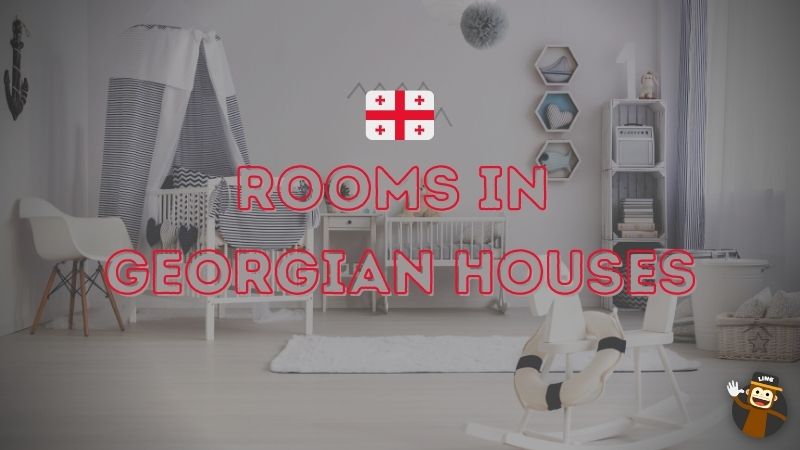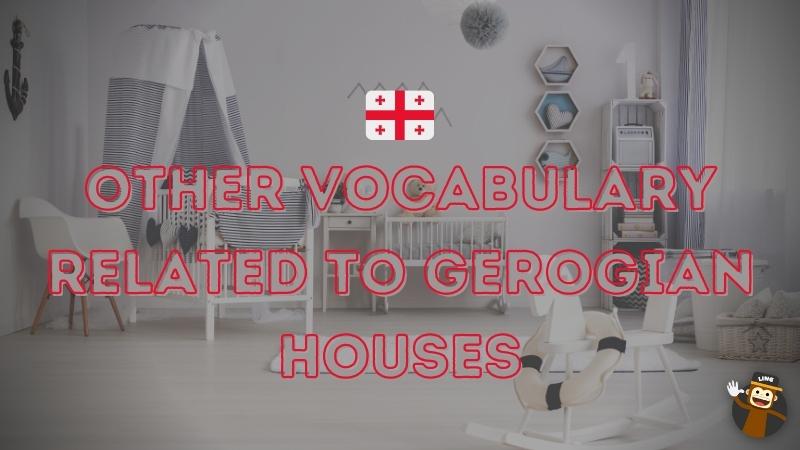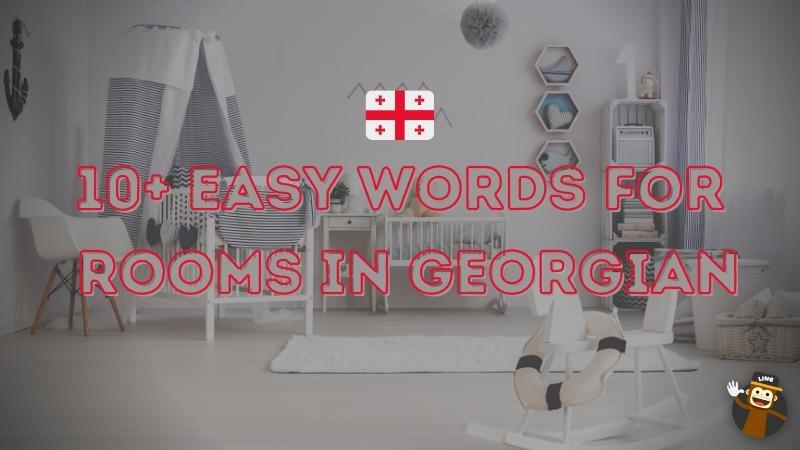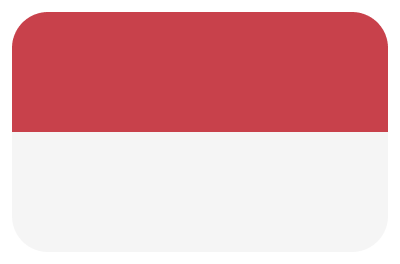Have you ever wondered about the terms used for describing rooms in Georgian architecture? Learn more about this in today’s post. Keep reading below and find out the best terms that you can use when conversing with the locals. Let’s get started!
Tbilisi Architecture
Tbilisi, which had been made the capital of Eastern Georgia, or “Iberia,” in the 6th century, lay in ruins at the start of the 19th century following the horrific Persian attack of 1795. In 1801, the country embraced the protection of the Russian State and so became a part of a prospering Empire that would radically transform the appearance of the capital. Tbilisi’s culture and manner of life grew significantly Europeanized, but it never lost its Caucasian essence. The mansion in Tbilisi is perhaps the most poignant witness to this Georgian era.
In the first century B.C., Vitruvius characterized Georgian house constructions, commenting on the unique lantern domes (darbazi). Perhaps pre-Russian elements remain in most residential buildings in Tbilisi’s central areas.
As the 19th century progressed, an increasing number of masonry buildings were constructed, aesthetically following a European design and even taking on the character of multi-occupancy tenements towards the end of the century.
Currently, Old Tbilisi is a combination of deliberate demolition, pastiche-style restoration, and, fortunately, vast areas of the relatively preserved urban fabric. Balconies and exterior stairways, in particular, exhibit a wide range of architecture, ranging from complex, elegant woodwork of the 19th and early 20th centuries to improvised repairs and extensions of the Soviet period.
Old Tbilisi, with its medieval church monuments and significant representative constructions from the previous two centuries, shows itself as one of the most attractive urban landscapes on the territory of the former USSR.
The following are some of the most well-known Georgian buildings and Classical architecture in Tbilisi, Georgia:
1. Tbilisi State Opera House
On the instructions of the Viceroy of the Caucasus, Prince Mikhail Vorontsov, the foundation for the so-called Caravanserai Theatre, which could seat 800 people, was built at Tbilisi in 1847.
2. Tbilisi City Assembly
The building that now houses the Tbilisi City Assembly results from a thorough and ongoing reconstruction of a 19th-century city police station. The original construction was built in the 1830s under the Russian Empire, but it has been repaired several times and has taken on a new appearance during the last 200 years.
3. Rustaveli Theatre
The existing theatre structure was constructed in 1887 to host the Artists’ Society of Georgia. Cornell Tatishchev and Aleksander Szymkiewicz, both Russian and Polish architects who worked and lived in Tbilisi, developed the design. Expansive windows, risalitas decorated with great pilastros and frontons, broad arch row windows, and a porticus on the pedestrian side of the street highlight the front. Many rococo elements are included in the design.
4. Bank Of Georgia Headquarters
The former Ministry of Highway Construction becomes the headquarters of the Bank of Georgia. Georgian architects George Chakhava and Zurab Jalaghania designed this 18-story building. The tower is located on a steep slope that descends from west to east. Large sections of the structure are elevated above the ground, with two entrances on each level. The structure is formed together by three cores. The idea is based on a theory known as the Space City method. The purpose is to use less space and revert the region beneath the structure to nature.
Now that you’ve learned about the Georgian architecture used throughout the early decades of the Georgian period and how it inspired Georgian homes let me take you on a tour of the rooms in a Georgian house.
Rooms In Georgian Houses

| Georgian Rooms | Pronunciation | English Translation |
| მისაღები ოთახი | Misaghebi Otakhi | Living Room |
| საძინებელი ოთახი | Sadzinebeli Otakhi | Bedroom |
| სასადილო ოთახი | Sasadilo Otakhi | Dining Room |
| სამზარეულო | Samzareulo | Kitchen |
| აბაზანა | Abazana | Bathroom |
| დერეფანი | Derepani | Hallway |
| სამრეცხაო ოთახი | Samretskhao Otakhi | Laundry Room |
| სხვენი | Skhveni | Attic |
| სარდაფი | Sardapi | Basement |
| კარადა | K’arada | Closet |
| აივანი | Aivani | Balcony |
Other Vocabulary Related To Georgian Houses

| Georgian Word | Pronunciation | English Translation |
| ბუხარი | bukhari | fireplace |
| მისაღები ოთახი | misaghebi otakhi | drawing room |
| მეორე სართული | meore sartuli | second floor |
| დიდი ფანჯრები | didi panjrebi | large windows |
| საწყისი სართული | sats’q’isi sartuli | ground floor |
| იატაკი | iat’ak’i | floor |
| კედლები | k’edlebi | walls |
| სახურავი | sakhuravi | roof |
| სახურავი | sakhuravi | rooftop |
| დარბაზი | darbazi | hall |
| ბაღები | baghebi | gardens |
| ოთახი | otakhi | rooms |
| დიდი სახლები | didi sakhlebi | large houses |
| ავეჯი | aveji | furniture |
| კედელი | k’edeli | wall |
| შენობა | shenoba | building |
| ტყე | t’q’e | wood |
| ფანჯრები | panjrebi | windows |
Master The Georgian Language With Ling App
You might also read other blog entries such as Georgian animals, Georgian alphabet, and funny Georgian phrases. If you want to learn how to speak this language, the Ling App is a fantastic language resource to have.

The Ling App by Simya Solutions is a hassle-free language learning application that helps non-native speakers establish language proficiency in a specific target language. The Ling App supports more than 60 languages.
Apart from that, the application includes educational blog articles on subjects like culture, history, alphabet letters, writing systems, slang terms, popular foods, and many others. There are also trustworthy reviews and analyses of other language learning applications provided by language specialists.
Furthermore, the Ling App promotes language development by providing various language activities for mastering new vocabulary words. Most language learners can engage in different language activities, including exciting quizzes, entertaining flashcards, practicing speaking to enhance pronunciation, matching pictures with corresponding words, sorting sentences, and many more.
There’s also an A.I. chatbot within the app to make things extra interesting. Through this feature, you can easily practice learned information and use it as if you are in a real-life conversation.
Are you ready to try something new when learning your target language? Download the Ling App now for a unique learning experience!



































































